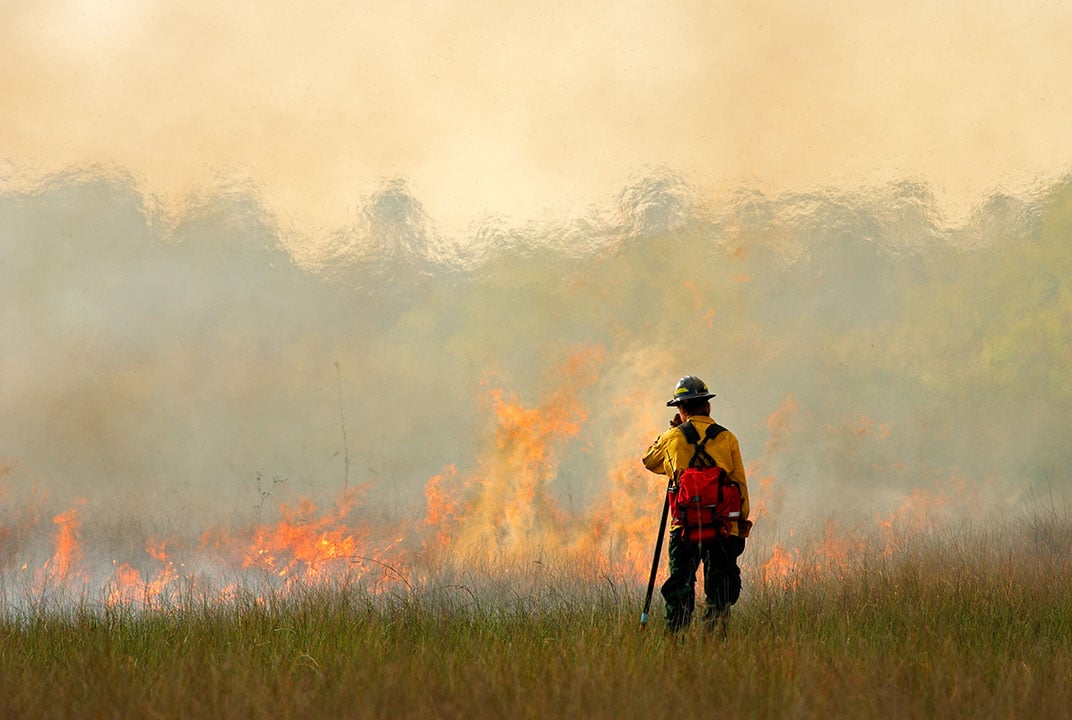Insight | Faster response means less suffering for disaster victims
Faster response means less suffering for disaster victims
In the Philippines we’re no strangers to natural disasters and the devastation they can bring. Our 7,000 islands are battered by over 20 cyclones every year, and being positioned inside the Pacific ‘ring of fire’ means we are at risk of volcanic eruptions, earthquakes and tsunamis.
As a nation we are experienced at responding to such events, but there is no doubt that they stand as a barrier to development, and the human and economic cost is high.
I was previously an employee in the Philippines’ National Disaster Risk Reduction and Management Council which first exposed me to the arena of disaster risk reduction. Being deployed in the field – particularly after the onslaught of the devastating typhoons Washi and Bopha in 2011 and 2012 – showed me first-hand the critical importance of doing everything we can to protect our people and communities. After that, I became project manager of programmes that developed technology for disaster prevention and mitigation. These projects were implemented by the University of the Philippines.
When Inmarsat wanted to expand on their role in the social and development sector, they looked to the Philippines. I got in touch with them and, after much discussion and planning, we identified a government partner – the Department of Social Welfare and Development (DSWD) – and I officially came onboard to manage the project, which is funded by the UK Space Agency’s International Partnership Programme. We work with a consortium of partners including Satellite Applications Catapult and emergency telecommunications agency Télécoms Sans Frontières.
Enabling emergency responders to take command quickly
We have been able to pre-position Inmarsat equipment – Global Xpress (GX) and BGAN data terminals and IsatPhone 2 satellite phones – in five pilot regions, meaning reliable, secure communications are already in place should a natural disaster occur, knocking out land-based networks. This means the DSWD can quickly take command of coordinating relief efforts.
Previously, DSWD workers deployed out in the field after a disaster to gather information about damage and aid needs had to travel back to the command centre before sending their reports to the decision makers. This could take a day and sometimes weeks depending on the situation. With the satellite kits, first responders in the field can immediately send their assessment, allowing the speedy delivery of aid.
So far, we’ve received positive feedback from the Rapid Emergency Telecommunications Teams (RETT) who have used the equipment. Last December, Cyclone Tembin brought strong winds and torrential rain to Mindanao. The storm went straight through the centre of the island, causing massive landslides in the mountainous terrain and flash floods at the lowlands.
The Manila team that deployed to a town that was left with no access to communications said that aid was quickly brought to the affected families because the information on what was needed was immediately sent. Those who are adept at technology (mostly the younger generation!) found the equipment very easy to use and there is ongoing training for all staff.
Active volcano sparks mass evacuation
The biggest test to date has been the massive evacuation programme following the eruption of Mount Mayon in January. Over 60,000 people had to be moved to emergency centres for up to three months when the volcano became dangerously active.
Without the GX equipment, a multi-agency incident command centre would not have been possible because the building they were occupying did not have the infrastructure for connectivity. Coordination would have been more difficult if agencies had not been able to come together in a central location. As it was, 30 users from various government agencies were able to use chat functions, VoIP apps, file transmission (reports, images, etc), video conferencing and internet connectivity at all times.
Since some of the dozens of evacuation centres were isolated and offline, DSWD teams visited with BGAN terminals so camp managers could send requirements immediately to the decision makers. One game-changing ability they gained from using satcoms was the ability to send and receive photos. It is one thing to send a report with numbers and words but a picture is a more compelling way to tell a story. A photo of families huddled together due to the cold is more powerful than a report that says “10 families need blankets”.
With the satellite equipment, we are seeing a faster way for government to respond to emergencies and a decrease in suffering for the affected people because aid is being delivered faster. I hope that this new way of responding to disasters increases the resilience of the Philippines.
About the author
Oscar Lizardo is the Project Manager of the International Partnerships Programme in the Philippines with seven years of relevant experience in the field of disaster risk reduction and management. His background includes disaster information management and managing projects related to natural hazards mapping, disaster risk assessments, climate change adaptation, and web-based disaster management platforms. He previously managed several projects under NOAH, the Philippines’ flagship programme for disaster prevention and mitigation. He was also formerly an officer of the Philippines’ disaster management agency operations centre.


